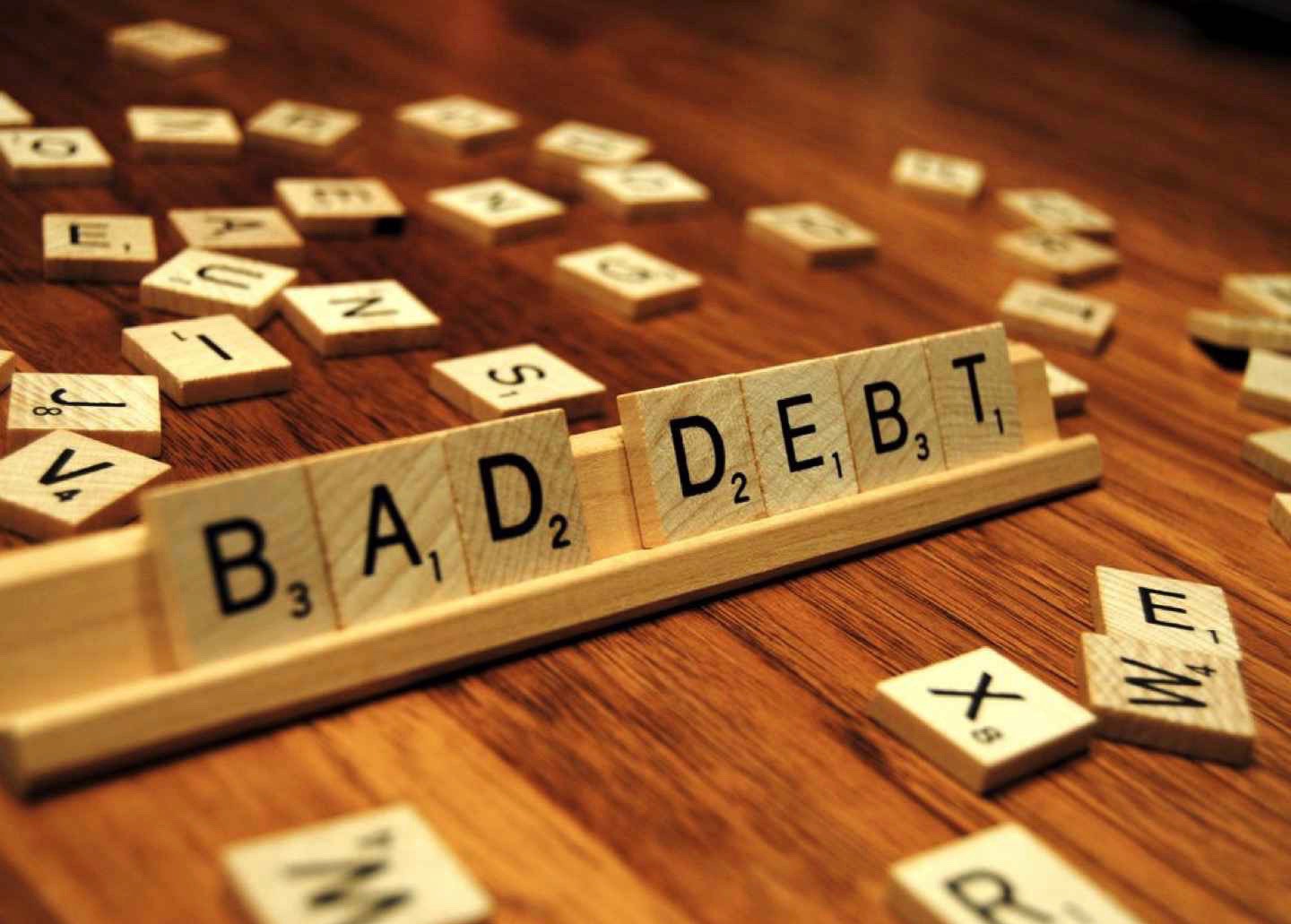Tuesday, December 18th, 2018

Bad debt is a loss that a company incurs when credit that has been extended to customers becomes worthless, either because the debtor is bankrupt, has financial problems or because it cannot be collected. It is expensed on the income statement.
BREAKING DOWN Bad Debt
Bad debt is an expense that all businesses have to allow for. Companies that make sales on credit often estimate the percentage of sales they expect to become bad debt, based on past experience, and record this in the allowance for doubtful accounts, which is also known as a provision for credit losses.
Bad debt is generally classified as a sales and general administrative expense and is found on the income statement. Recognizing bad debt leads to an offsetting reduction to accounts receivable on the balance sheet – though businesses retain the right to collect funds should the circumstances change.
Direct Write-Off vs. Allowance Method
There are two different methods used to recognize credit losses. Using the direct write-off method, uncollectible accounts are written off as they become uncollectible, which is used in the U.S. for income tax purposes.
However, while the direct write-off method records the precise figure for uncollectible accounts, it fails to uphold the matching principle used in accrual accounting and generally accepted accounting principles (GAAP). The rule is that an expense must be recognized at the time a transaction occurs rather than when payment is made. For this reason, bad debt is calculated using the allowance method, which provides an estimated dollar amount of uncollectible accounts in the same accounting period in which the revenue is earned.
Calculating Bad Debt Expense Using Allowance Method
Because no significant period of time has passed since the sale, a company does not know which exact accounts receivable will be paid and which will default. So, an allowance for credit losses is established based on an anticipated and estimated figure. A company will debit bad debts expense and credit this allowance. The allowance for doubtful accounts is a contra account within accounts receivable, which means that it reduces the loan receivable account when both balances are listed in the balance sheet. This allowance can accumulate across accounting periods and may be adjusted based on the balance in the account.
Bad debt expense can be estimated using statistical modeling such as default probability to determine its expected losses to delinquent and bad debt. The statistical calculations can utilize historical data from the business as well as from the industry as a whole. The specific percentage will typically increase as the age of the receivable increases, to reflect increasing default risk and decreasing collectibility. Alternatively, a bad debt expense can be estimated by taking a percentage of net sales, based on the company’s historical experience with bad debt. Companies regularly make changes to the allowance for credit losses entry, so that they correspond with the current statistical modeling allowances.
Businesses Can Write Off Bad Debts Against Taxes
The Internal Revenue Service (IRS) allows businesses to write off bad debt on Form 1040, Schedule C, if they have previously been reported as income. Bad debt may include loans to clients and suppliers, credit sales to customers, and business loan guarantees. However, deductible bad debt does not typically include unpaid rents, salaries or fees.
For example, a food distributor that delivers a shipment of food to a restaurant on credit in December, will record the sale as income on its tax return for that year. But if the restaurant goes out of business in January and does not pay the invoice, the food distributor can write off the unpaid bill as a bad debt on its tax return in the following year.
Deducting Bad Debt on Your Tax Return
Individuals can also deduct a bad debt from their taxable income, if they have previously included the amount in their income or loaned out cash, and they can show that they intended to make a loan at the time of the transaction and not a gift. The IRS classifies non-business bad debt as short-term capital losses.
Sponsored
Compete Risk Free with $100,000 in Virtual Cash
Put your trading skills to the test with our FREE Stock Simulator. Compete with thousands of Investopedia traders and trade your way to the top! Submit trades in a virtual environment before you start risking your own money. Practice trading strategies so that when you’re ready to enter the real market, you’ve had the practice you need.
source : https://www.investopedia.com/terms/b/baddebt.asp
Copyright ©2025 Consulting and Development International . All Rights Reserved. Designed : Lwegatech